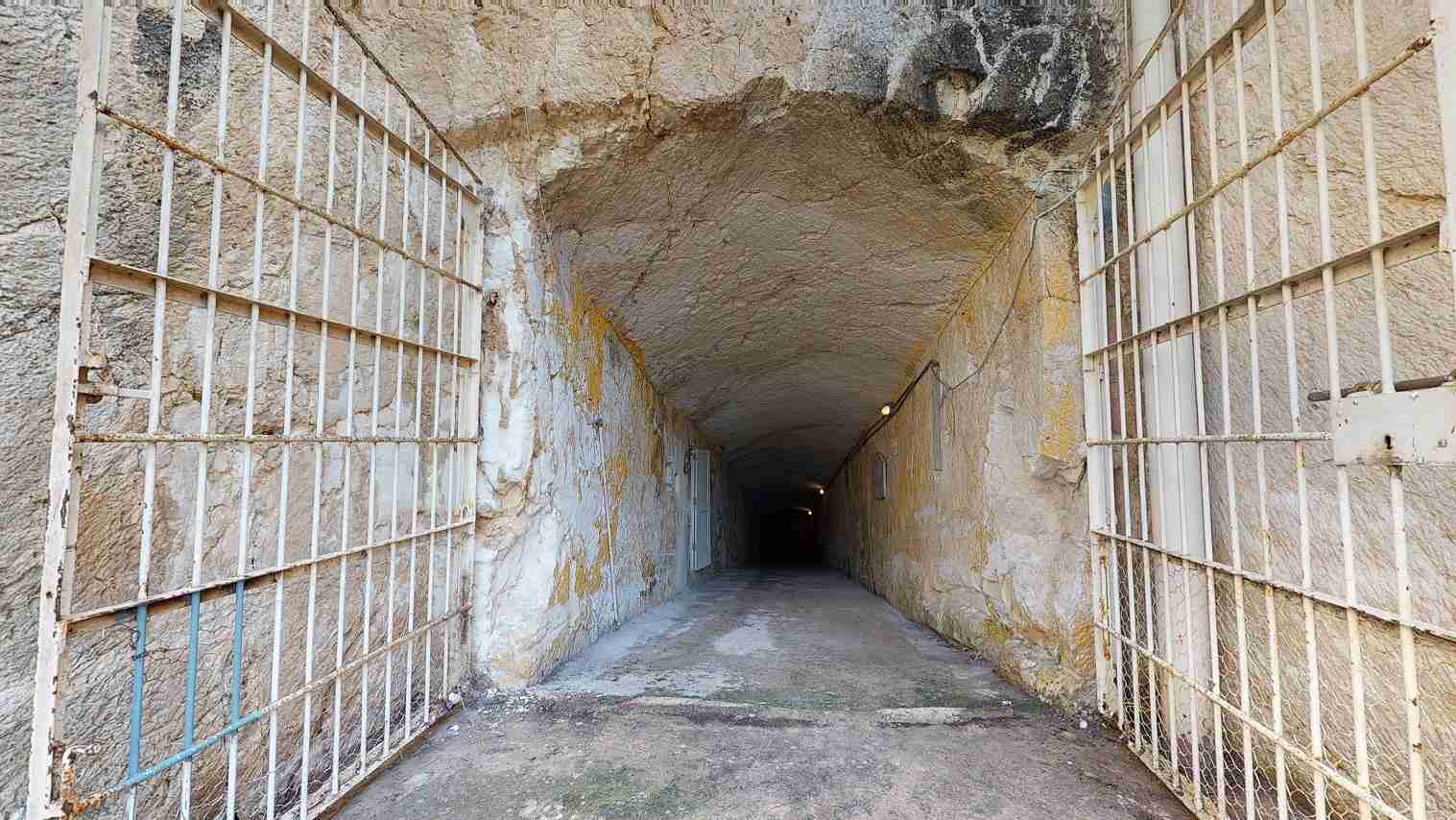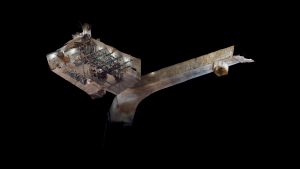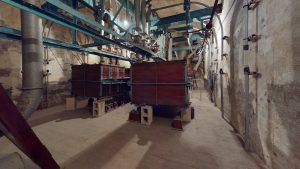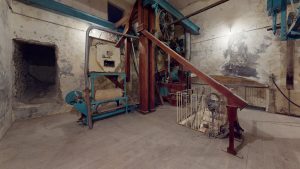

 Malta was still undergoing reconstruction following World War II’s devastation, and the memories of privation and hardship during the Siege of Malta between 1940 and 1942 were still fresh. The British forces who were still in control of Malta at the time made the decision to arm the Maltese Islands with a civil defence system as the Cold War heated up and a new threat of nuclear war emerged. This was done to ensure that there would always be bread available in case other food supplies ran out in the event of an attack.
Malta was still undergoing reconstruction following World War II’s devastation, and the memories of privation and hardship during the Siege of Malta between 1940 and 1942 were still fresh. The British forces who were still in control of Malta at the time made the decision to arm the Maltese Islands with a civil defence system as the Cold War heated up and a new threat of nuclear war emerged. This was done to ensure that there would always be bread available in case other food supplies ran out in the event of an attack.
Eight underground wheat mills were carved out of rock between 1954 and 1955. The British government set up the appropriate safeguards to assure bread supplies in case Malta underwent a nuclear assault during the Cold War period. The mills were located in Xemxija, Mellieħa, San Ġwann, Siggiewi, and two different locations in Mġarr. The eighth was built in Xlendi, Gozo.
out of rock between 1954 and 1955. The British government set up the appropriate safeguards to assure bread supplies in case Malta underwent a nuclear assault during the Cold War period. The mills were located in Xemxija, Mellieħa, San Ġwann, Siggiewi, and two different locations in Mġarr. The eighth was built in Xlendi, Gozo.
A massive room was reached through the excavation’s first tunnel entrance, which was around 30 meters long, 2.5 meters high, and 3 meters broad. Three floors of this chamber served as storage, grinding, and milling facilities.
 Electricity generation equipment was installed in the underground complex to power the grinding and milling machinery.
Electricity generation equipment was installed in the underground complex to power the grinding and milling machinery.
The silo, which is located at the back of the mill and has a storage capacity of about 1,000 tons of wheat, is connected to the milling equipment by mechanical augers. Power was provided by an alternator and an 80hp diesel engine.
The Maltese Islands’ vulnerability to aerial bombing during WWII was highlighted, as was the difficulty in getting essential supplies to Malta. In fact, the authorities were contemplating surrender due to a severe food shortage that had driven the inhabitants to the brink of starvation. Only the miraculous arrival of some of the Santa Marija convoy ships in August 1942 changed the situation.
Following the war, Malta was once again threatened by the prospect of another European war, this time heightened by the potential use of nuclear weapons.
As a result, Civil Defense planning got underway. The British Colonial Office decided to construct underground flour mills on the Maltese Islands. Between 1950 and 1954, the flour mills were constructed.
These flour mills were constructed far from the Grand Harbour and the Luqa and Ta’Qali airfields. Each flour mill’s entrance faced north to reduce the impact of any nuclear blast from the Grand Harbour.
They’ve dug a tunnel about 30 meters long, 2.5 meters high, and 3 meters wide, leading to the first underground chamber, which is divided into three levels. This contains the machinery intended to handle the milling’s final process – the production of three distinct products: flour, bran, as well as offal. The chamber is about 11 meters below ground level.
Obviously, as an emergency facility, each mill needed to be self-sufficient, so an 80hp diesel engine and alternator were installed in the lower chamber. Each mill had an underground silo that could hold up to 1000 tons of wheat.